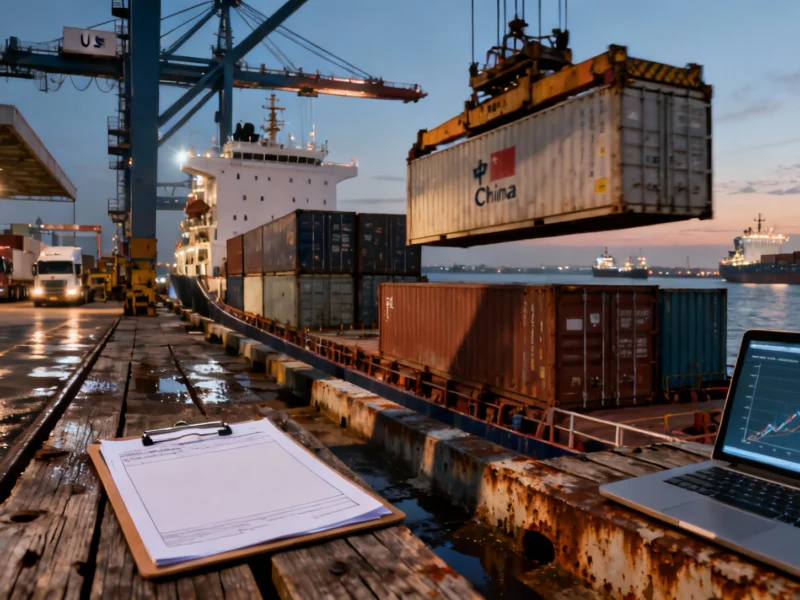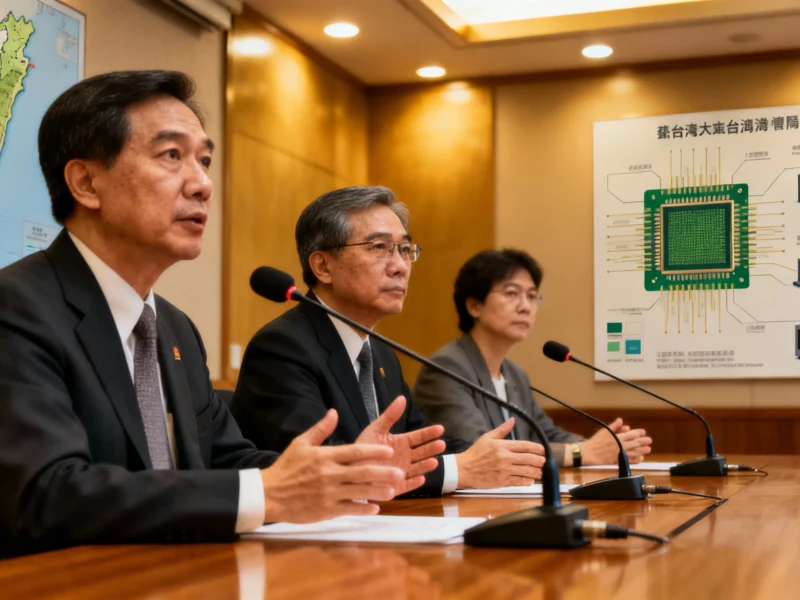The U.S. supply chain is bracing for significant cost increases as new tariffs on Chinese-made port equipment and revised fee structures for vessels take effect, creating additional headwinds for importers and exporters alike. With the Office of the United States Trade Representative implementing these changes, businesses face layered tariffs that could reach 270% on essential equipment like gantry cranes and components, compounding existing trade restrictions. These measures, set against a backdrop of declining container volumes, threaten to make imports more expensive and exports less competitive globally.
New Tariff Structure for Port Equipment
Following a review of public comments, the USTR announced modifications that impose an additional 150% tariff on key port machinery, including rubber tire gantry cranes, rail-mounted gantry cranes, automatic stacking cranes, and terminal tractors. When combined with prior tariffs, the effective rate can soar to 270%, significantly raising costs for U.S. ports and logistics operators. This move targets equipment critical to the supply chain, such as gantry cranes used for container handling, and cranes in general, which are vital for efficient port operations. Industry experts note that these tariffs reflect ongoing trade tensions, as highlighted in recent analysis of national security investments.
Revised Vessel Fee Calculations
In addition to equipment tariffs, the USTR has altered the fee structure for vehicle carriers, known as roll-on roll-off (RoRo) vessels. Instead of charging based on the number of vehicles transported, fees will now be calculated on the vessel’s net tonnage capacity. This change, according to one ocean carrier, could result in millions in additional costs, affecting the transport of automobiles, farm equipment, and heavy machinery. The shift aligns with broader regulatory trends, as seen in analyses of industry financial adjustments, and may incentivize carriers to optimize vessel usage to mitigate expenses.
Impact on Supply Chain Costs and Competitiveness
Lars Jensen, founder of Vespucci Maritime, emphasized that these tariffs and fees represent another headwind for the U.S. supply chain, driving up import expenses and undermining export competitiveness. With containerized volumes to and from the U.S. declining while global trade grows, every new cost barrier solidifies this trend. The USTR policies, building on actions from previous administrations, aim to address concerns over China’s maritime practices but risk unintended consequences. For context, tariffs have historically been used as protectionist tools, and their escalation can disrupt global trade flows, as discussed in coverage of market-moving developments.
Industry and Expert Reactions
Thomas Kazakos, secretary general of the International Chamber of Shipping (ICS), expressed concern that the new port fees could damage U.S. export competitiveness and raise costs for businesses and consumers. While supporting efforts to strengthen U.S. shipbuilding, Kazakos described the fees as protectionist, echoing findings from a global maritime study by ICS and Harvard Kennedy School. The study suggested that less restrictive trade measures could benefit maritime transport efficiency. Key points from industry feedback include:
- Tariffs on cranes and equipment may lead to higher operational costs at ports.
- Fee changes for RoRo vessels could reduce flexibility in shipping logistics.
- Deferred payments until December 10 offer temporary relief, but fees apply from October 14.
This situation parallels other sectors where regulatory changes impact profitability, as seen in related analysis of corporate turnarounds.
Broader Economic Implications
The cumulative effect of these tariffs and fees extends beyond immediate cost increases, potentially influencing long-term supply chain resilience and trade patterns. As the U.S. aims to bolster domestic industries, these measures may spur investment in alternative sourcing and manufacturing, similar to trends observed in coverage of strategic investments. However, in the short term, businesses must navigate heightened expenses and regulatory complexity, underscoring the need for adaptive strategies in a volatile trade environment.



